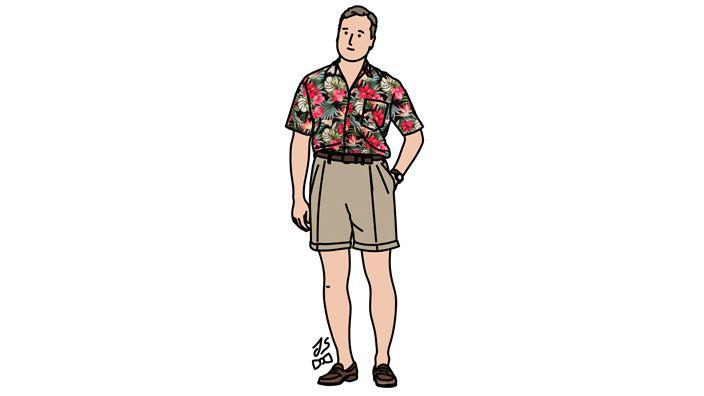The one that people from Anglo-Saxon countries refer to as an “aloha shirt” first appeared in Hawaii in the 1920s. The Japanese would have initially begun producing their shirts out of fine cotton textiles that were printed with bright designs from the Indo-Pacific region. During the 1940s, the Hawaiian shirt slowly won over the hearts and minds of Americans. After the return of the GIs to the continent, it even became a desirable rarity to possess.
The same occurrence had a place with the madras shirt, which the English wore in the Caribbean and which wealthy Americans later adopted. The advent of the 1950s coincided with the revelation that driving a Cadillac might be an enjoyable and relaxing experience. After that, the Hawaiian shirt became popular before fading away for a while and then making a comeback in the 1980s because of the success of the television series Magnum. Don’t forget to picture Tom Selleck behind the wheel of his Ferrari 308 GTS on the winding roads of Oahu… A garment with these characteristics—a square shape, short sleeves, and a crushed collar known as a “camp collar”—is not only lightweight but also simple to wear and use. And who exactly is not absent…
Only subscribers will be able to read this content. There is still 19% more for you to find out.
In the same way that you cultivate your independence, you also cultivate your curiosity.
You may continue reading your article for just $0.99 for the first month.
Are you already a subscriber? Please log in.
